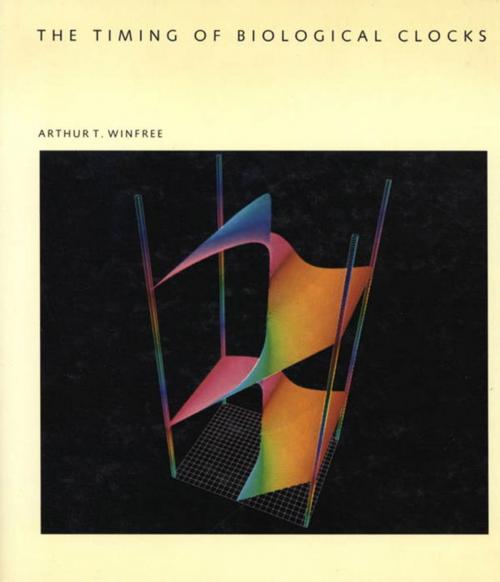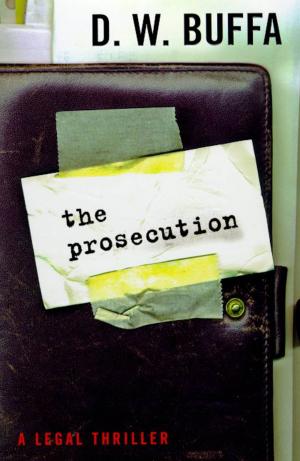| Author: | Arthur T. Winfree | ISBN: | 9781466813953 |
| Publisher: | Henry Holt and Co. | Publication: | November 15, 1986 |
| Imprint: | Henry Holt and Co. | Language: | English |
| Author: | Arthur T. Winfree |
| ISBN: | 9781466813953 |
| Publisher: | Henry Holt and Co. |
| Publication: | November 15, 1986 |
| Imprint: | Henry Holt and Co. |
| Language: | English |
"A clock," writes Arthur T. Winfree, "is not much good if you can't pull out its stem and set it."
Similarly, the most critical property of biological clocks--which rhythmically organize the processes of life--is their ability to reset on cue.
This ability allows enables biological clocks to regain synchrony with a changing environment (as when we travel across time zones) or to maintain the alignment between certain physiological rhythms and the natural solar day.
In The Timing of Biological Clocks, Winfree explores circadian rhythms. In reporting experiments on animals, plants, and single cells, he not only illustrates the principles that guide the resetting of biological clocks but reveals that each of these clocks has a vulnerable phase, a moment in each "turn of the dial" when a cueing stimulus of a particular intensity results in an abnormal, unpredictable resetting--perhaps even annihilating the clock's rhythm entirely.
A singular feature of the author's exploration of these phenomena is his use of a range of colors to represent the passage of cyclic time. By this device, Winfree not only removes the purely arbitrary discontinuity of a conventional clock dial but makes reasoning about the real discontinuities of biological clocks transparently clear.
"A clock," writes Arthur T. Winfree, "is not much good if you can't pull out its stem and set it."
Similarly, the most critical property of biological clocks--which rhythmically organize the processes of life--is their ability to reset on cue.
This ability allows enables biological clocks to regain synchrony with a changing environment (as when we travel across time zones) or to maintain the alignment between certain physiological rhythms and the natural solar day.
In The Timing of Biological Clocks, Winfree explores circadian rhythms. In reporting experiments on animals, plants, and single cells, he not only illustrates the principles that guide the resetting of biological clocks but reveals that each of these clocks has a vulnerable phase, a moment in each "turn of the dial" when a cueing stimulus of a particular intensity results in an abnormal, unpredictable resetting--perhaps even annihilating the clock's rhythm entirely.
A singular feature of the author's exploration of these phenomena is his use of a range of colors to represent the passage of cyclic time. By this device, Winfree not only removes the purely arbitrary discontinuity of a conventional clock dial but makes reasoning about the real discontinuities of biological clocks transparently clear.















